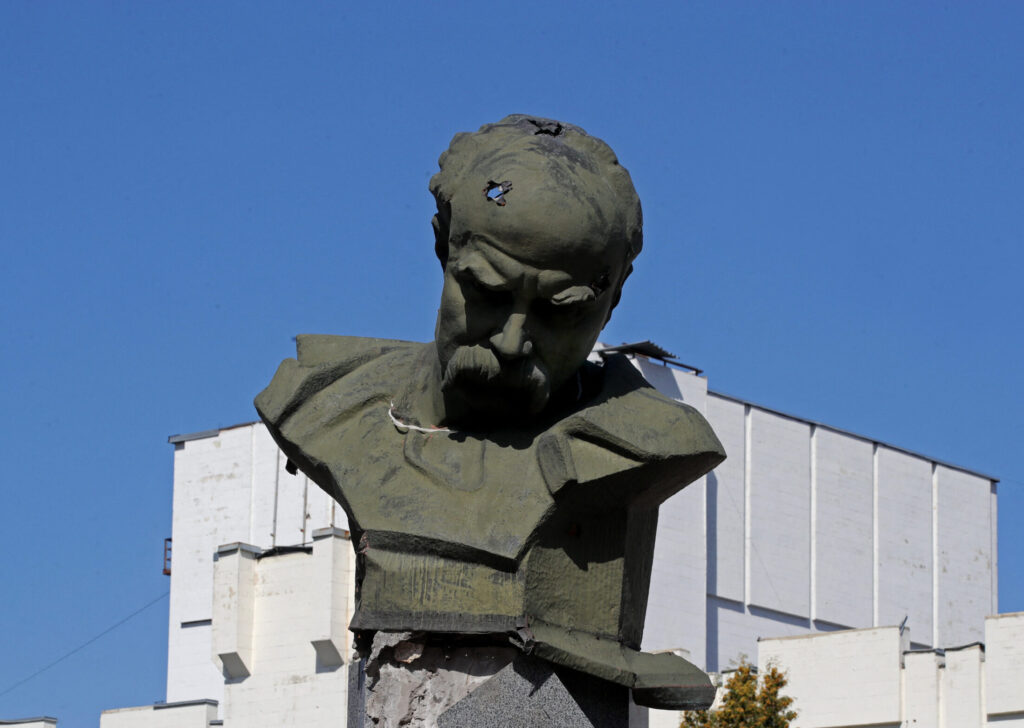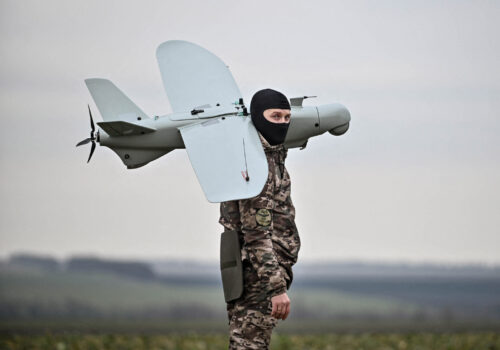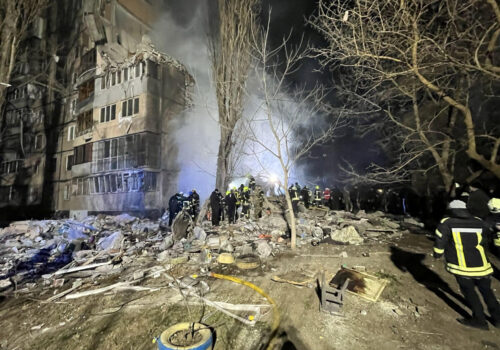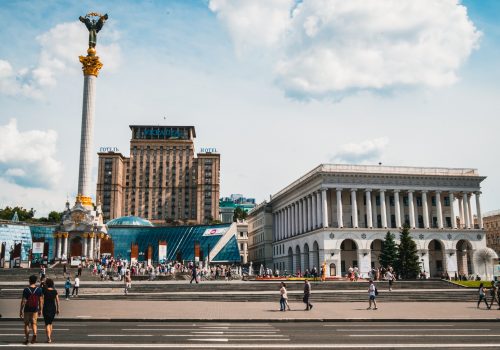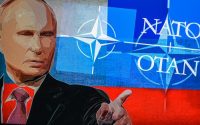
Vladimir Putin is losing Russia’s long war against Ukrainian identity
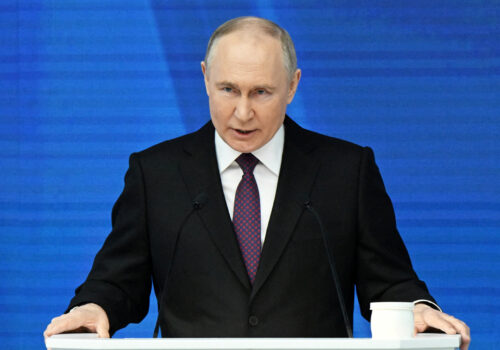
When Russian soldiers occupied Borodyanka in February 2022, one of their first acts was to shoot the town’s monument to Ukrainian national bard Taras Shevchenko in the head. This symbolic display of hostility toward Ukrainian identity captured the essence of the war unleashed by Vladimir Putin.
Today’s invasion is the latest chapter in a far longer history of Russian imperial aggression against Ukraine. For hundreds of years, generations of Russian rulers have sought to suppress Ukrainian national identity and force Ukrainians to abandon their quest for independence. Russia has used everything from language bans, targeted killings, mass deportations, and settler colonialism, to artificial famines and wave upon wave of ruthless russification.
These efforts continue. I recently returned from Izyum in eastern Ukraine’s Kharkiv region, a town that was under Russian occupation for much of 2022 and remains close to the front lines. The scars of occupation are everywhere, with large parts of the town in ruins and nearby villages still surrounded by landmines. Along with death and destruction, the Russian army also brought school textbooks, military newspapers, and other propaganda tools glorifying the Russian Empire. Russification was obviously a top priority for the occupying forces.
The local residents we met during our recent visit recalled how the most violent Russian troops had seemed to sincerely believe that by killing Ukrainians they were saving Russia. Nevertheless, those who lived through the occupation did not express fear. Despite facing desperate living conditions and constant insecurity, there was no sense of despair. Instead, they were surer than ever in their identity. We are Ukrainians, they told us.
Stay updated
As the world watches the Russian invasion of Ukraine unfold, UkraineAlert delivers the best Atlantic Council expert insight and analysis on Ukraine twice a week directly to your inbox.
Vladimir Putin provided ample indication of his intentions during the buildup to the February 2022 invasion. In a remarkable summer 2021 essay, he argued at length that Ukrainians are actually Russians (“one people”), while portraying independent Ukraine as an artificial and hostile entity. This document was widely interpreted as a declaration of war on Ukrainian national identity. It was soon being distributed to Russian soldiers, with the aim of convincing them that it was both necessary and justified to apply the harshest possible measures against anyone who insists on identifying as Ukrainian.
Once the invasion began, it was immediately apparent that this was a war against every aspect of Ukrainian national identity including language, culture, and heritage. This genocidal agenda was spelled out in a high-profile editorial that briefly appeared on Kremlin media platforms in the first days of the invasion before being quietly deleted once it became clear that the triumphant tone of the article was premature. Employing the lexicon of imperial conquest, the author credited Putin with solving the “Ukrainian question” for future generations, and trumpeted the restoration of Russia to its “historic fullness.”
As the invasion unfolded, advancing Russian troops were soon putting the Kremlin’s imperialistic ideology into practice. In a chilling echo of tsarist and Soviet crimes against humanity, Ukrainian community leaders, activists, and patriots were hunted down and abducted, while hundreds of thousands of people living in occupied areas were subjected to forced deportation. Those who remained were confronted with blanket russification and pressured to accept Russian citizenship.
Eurasia Center events
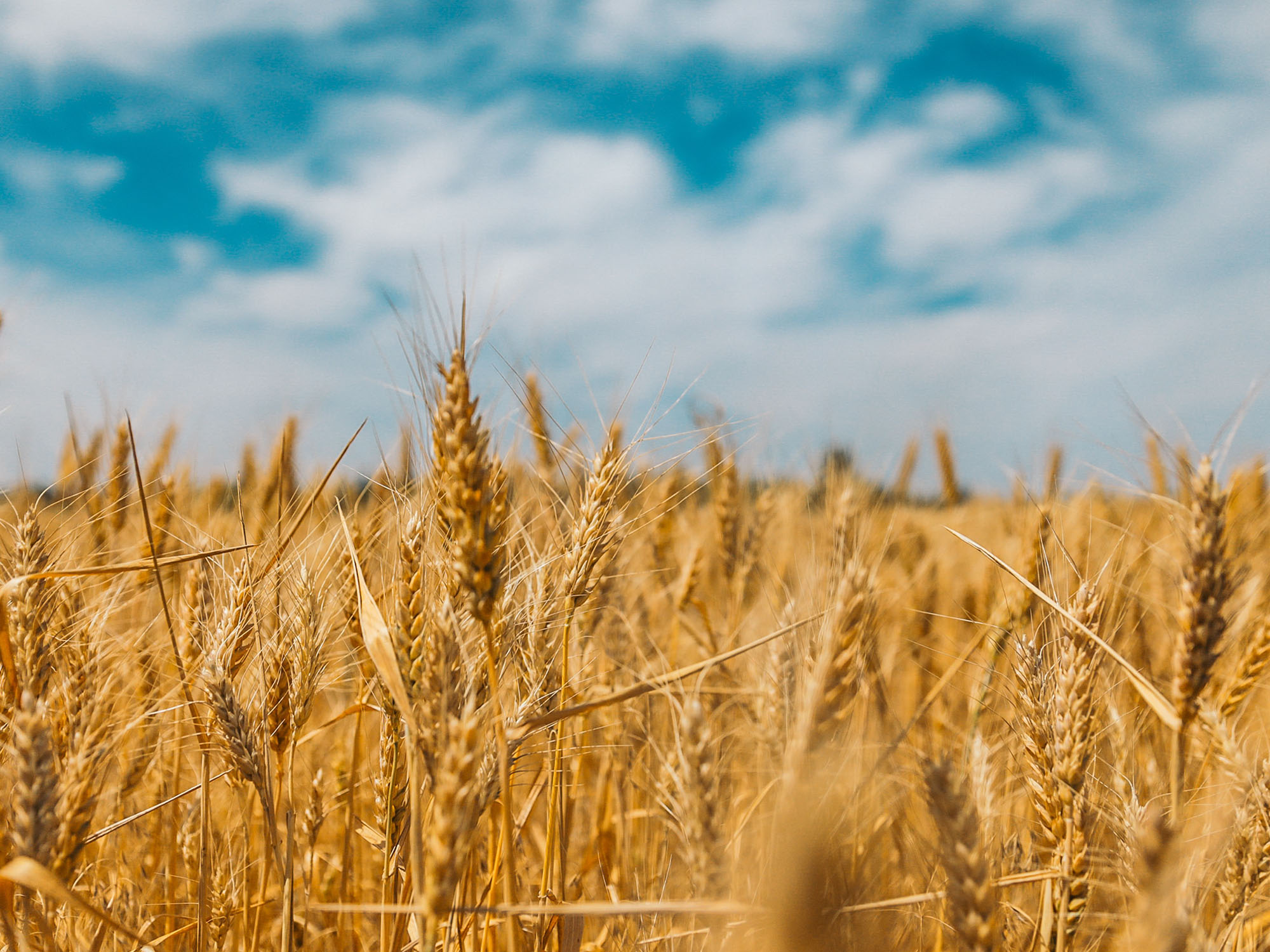
The Russian invasion has also targeted Ukraine’s national heritage. Hundreds of cultural heritage sites have been damaged or destroyed including museums, galleries, churches, and places of historical importance. Meanwhile, hundreds of thousands of Ukrainian artifacts and priceless national treasures have been stolen and shipped back to Russia, where they have in many cases been repackaged as Russian relics. Significant numbers of Russian academics and museum curators have acted as accomplices in these crimes.
Today’s war on Ukrainian culture is reminiscent of the Stalin regime’s campaign to destroy an entire generation of Ukrainian cultural leaders during the early decades of the Soviet era. This doomed generation of 1920s and 1930s Ukrainian poets, writers, and artists has come to be known as the “Executed Renaissance.” Like their Soviet predecessors, Putin’s invading army has also targeted contemporary writers, musicians, and artists as living symbols of Ukrainian cultural identity.
In a very real sense, Russia’s total war against Ukrainian identity and culture is actually an admission of failure. It reflects the fact that Ukrainians have resoundingly rejected the Kremlin’s so-called “Russian World,” recognizing it as a ploy to subjugate Ukraine. This has left Putin with no option but to resort to force.
Russia’s invasion recently passed the two-year mark with no end in sight. But while nobody knows when or how the war will end, it is already apparent that Russia will not succeed in erasing Ukraine. On the contrary, the invasion has helped fuel an unprecedented consolidation of Ukrainian identity that many have likened to a national coming of age. Putin believed Ukraine was weak and would soon collapse under the overwhelming weight of his invading army. Instead, Ukrainian national identity has been strengthened in a manner so profound that it may only become fully apparent in the decades to come.
Danylo Lubkivsky is director of the Kyiv Security Forum. He is the former Deputy Foreign Minister of Ukraine and ex-Chair of Ukraine’s UNESCO Commission.
Further reading
The views expressed in UkraineAlert are solely those of the authors and do not necessarily reflect the views of the Atlantic Council, its staff, or its supporters.

The Eurasia Center’s mission is to enhance transatlantic cooperation in promoting stability, democratic values and prosperity in Eurasia, from Eastern Europe and Turkey in the West to the Caucasus, Russia and Central Asia in the East.
Follow us on social media
and support our work
Image: Monument to Taras Shevchenko in Borodyanka. August 24, 2022. Photo by Pavlo Bahmut/Ukrinform/ABACAPRESS.COM
